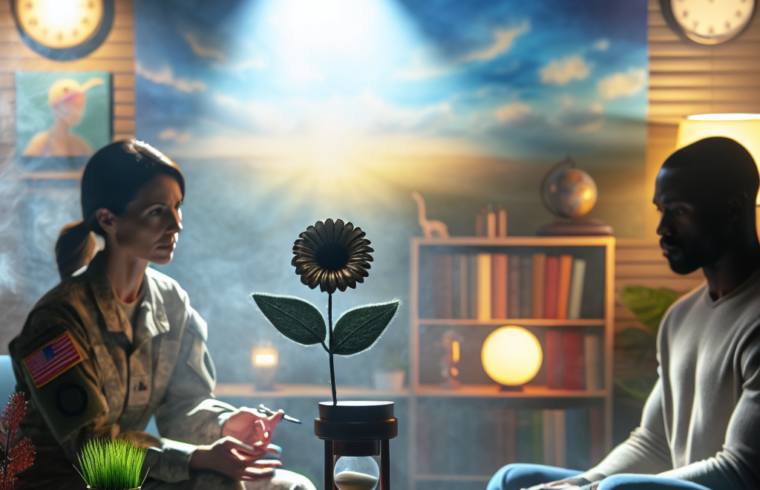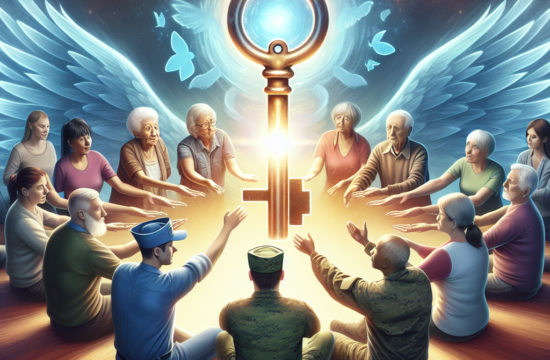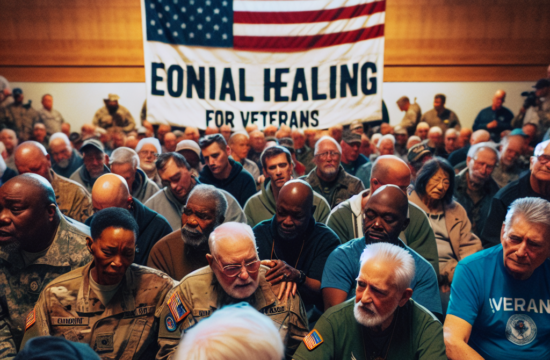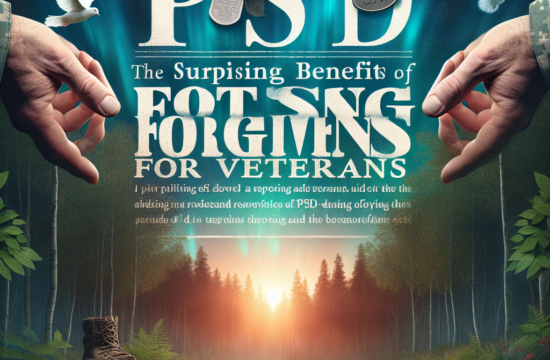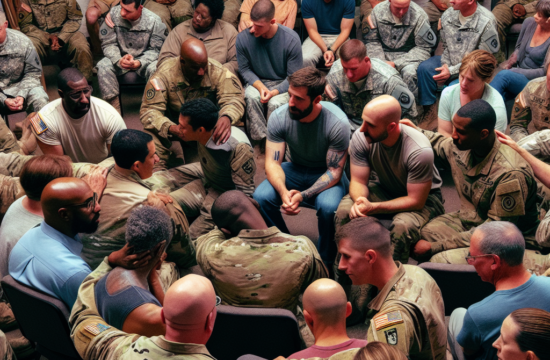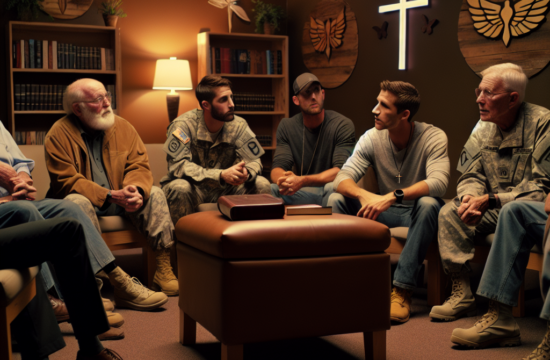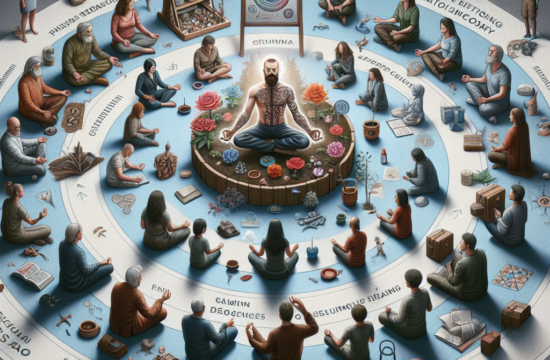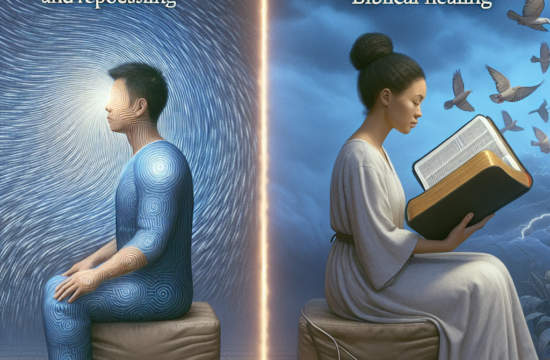==> Thank you for reading this post! Click Here If you are looking for support and Victory over PTSD.
Therapeutic Approaches
Cognitive Behavioral Therapy (CBT)
From my experience, Cognitive Behavioral Therapy has been a game-changer for many veterans. This kind of therapy is all about changing negative thought patterns and behaviors. When I first started, it felt a bit odd diving into my past, but it really does help to break the cycle of PTSD.
CBT focuses on addressing the way we think about our trauma. I remember sitting down and writing out my thoughts, which helped me see just how distorted they could be. It’s like taking a flashlight into dark corners of your mind, and trust me, that light is valuable!
One of the cool things about CBT is that it teaches practical skills. We’re not just talking feelings here; it’s about real tools you can use every day. Coping mechanisms that you can pull out when you feel that anxiety creeping back in make a world of difference.
Prolonged Exposure Therapy
Speaking of exposure therapy, it may sound intimidating, but it’s basically confronting your fears in a controlled way. I know several veterans who have gone through this type of therapy and have come out feeling much more in control of their emotions.
What you do is gradually expose yourself to the memories or situations that trigger your PTSD. At first, it’s uncomfortable, but the more you face it, the less power it holds over you. I saw some amazing transformations firsthand – people reclaiming their lives bit by bit.
Prolonged exposure therapy also involves recounting your traumatic experiences in detail. It helps to process the emotions tied to those memories. I think of it like airing out a dusty room; it might be uncomfortable, but it’s necessary for fresh air to come in.
Medication Management
Now, let’s chat about medications. Many veterans find that medications can be a critical part of their treatment plan. It’s not a one-size-fits-all situation, though! When I first considered medication, I was skeptical, thinking that might make me feel “numb.”
The key here is to work closely with your doctor to find what works for you. Different medications, like SSRIs or SNRIs, can help manage symptoms. It’s a lot of trial and error, but the right blend can lift a heavy fog. Trust me, it’s worth exploring.
On top of that, medication often works best in conjunction with therapy. When I finally realized this, everything just clicked! It’s about learning to balance all the tools at your disposal.
Peer Support Groups
Building Connections
You know, one of the most powerful aspects of recovering from PTSD is finding a tribe. Peer support groups have done wonders for me and many veterans I know. It’s comforting to be in a room full of people who just get it. We’ve all been there, and that shared experience creates an instant bond.
These groups provide a safe space to talk about stuff that’s hard to share with others. I remember opening up about my challenges with anxiety, and rather than feeling judged, I found understanding friends who offered support and shared their own coping strategies.
Moreover, these connections can foster lifelong friendships. It’s amazing how a little vulnerability can lead to strong relationships. Feeling seen and heard? Priceless.
Facilitated Discussions
Facilitated discussions are a crucial element of many peer support groups. These are led by trained professionals or veterans who have been through the wringer and come out stronger. They guide discussions in a way that encourages open dialogue without feeling intimidating.
I remember the first meeting I attended – feeling nervous, but the facilitator made it easy. They encouraged sharing but also gave us the tools to listen and support one another. It created an atmosphere of trust. I felt like we were all on the same team, working towards healing.
Whether it’s discussing coping strategies or just sharing a laugh, facilitated discussions help keep the conversation flowing in a positive direction. This community vibe is essential for many of us on the road to recovery.
Sharing Resources
Lastly, peer support groups are awesome for sharing resources. From therapy recommendations to local activities, veterans can exchange invaluable information. I learned so much from others who had been in similar situations. Things like local events that were PTSD-friendly can make all the difference.
Get Support and Help with Recovery! Visit us for more Information and Support
Sometimes, just knowing someone else has tried a certain approach or program can encourage you to take those next steps yourself. We share what works and what doesn’t, and that collective wisdom can be a huge help.
I’ve developed a mini-library of resources thanks to these conversations. From books to online forums, having a toolkit full of options helps me feel more equipped to tackle my PTSD challenges.
Holistic Approaches
Mindfulness and Meditation
Mindfulness and meditation have seriously changed my game. It sounds a bit cliché, I know, but taking even five minutes to breathe and center myself has had a profound impact. I’ve learned that being present can help ground me when my thoughts start spiraling.
There are so many options out there for meditation, whether it’s guided sessions online or apps that help you get started. I remember the first time I tried meditation. I felt a little silly at first, but once I got into it, it was like hitting a refresh button for my brain!
Mindfulness teaches you to notice your thoughts without judgment. It’s like watching clouds float by instead of getting caught up in them. Recent studies even back this up; mindfulness can reduce PTSD symptoms. So, if you haven’t tried it yet, please give it a shot!
Physical Activity
Physical activity is another holistic approach that can have a huge impact on mental health. I know when I’m regularly moving, my mind feels clearer. Even just a brisk walk or yoga can do wonders for your mood and stress levels.
When the endorphins kick in after a workout, it’s hard not to feel a little better. I remember a time when I chose to hit the gym instead of dwelling on negative thoughts. That decision turned my whole day around.
And let’s not forget that physical activity can also offer a sense of accomplishment. Setting goals, however small, can rebuild confidence. Finding a supportive community in local sports or exercise classes can be an effective way to combine physical activity with social connection too!
Nutrition and Self-Care
Last but definitely not least, let’s talk about nutrition and self-care. Eating well often gets overlooked but can greatly affect our mental state. I started paying attention to what I was eating and noticed a significant change in my mood and energy levels.
It’s not about being perfect; it’s about making small, conscious choices. I’ve learned that balancing my diet can have a ripple effect on my emotional resilience. And self-care? So important! Taking time to do things that recharge me – from reading to taking long baths – it all pays off.
Incorporating these practices into your daily routine can take time, but every little bit adds up. The key is to experiment and see what nourishes you and your mental health best.
Frequently Asked Questions
1. What types of therapies are effective for veterans with PTSD?
Cognitive Behavioral Therapy (CBT), Prolonged Exposure Therapy, and mindfulness practices have shown effectiveness in treating PTSD among veterans.
2. How can peer support groups help in managing PTSD?
Peer support groups provide a sense of community, helping veterans connect, share experiences, and learn from one another, which can aid in healing.
3. Are medications necessary for PTSD treatment?
Not everyone needs medication, but it can be a useful part of PTSD treatment for some veterans when combined with therapy.
4. What role does physical activity play in PTSD recovery?
Physical activity boosts endorphin levels, enhances mood, and encourages a sense of accomplishment, all of which are beneficial for managing PTSD symptoms.
5. Can nutrition affect mental health in veterans?
Absolutely! A balanced diet can contribute positively to mood and energy levels, supporting overall mental health for veterans dealing with PTSD.

